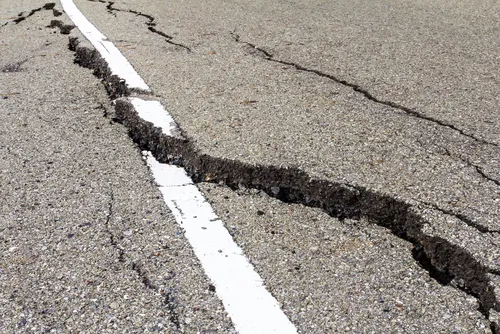Florida is no stranger to recurring weather patterns.
Hurricane season each year brings a mix of tropical storms and cloudless days that many consider a trademark of the Sunshine State. According to one geologist, however, it may be time add another category to Florida’s weather repertoire.
“This is sinkhole weather,” Anthony Randazzo, a retired geology professor at the University of Florida said in an article published on TampaBay.com. “It’s very much expected that there would be numeroussinkholes opening up following a tropical storm, especially after periods of drought.”
Tampa Practice Areas
| Medical Malpractice | Labor & Employment Lawyers | |
| Brain Injuries | Workers' Compensation Claims | Mesothelioma Lawyers |
The storm to which Randazzo refers is Tropical Storm Debby, after which 150 sinkholes were confirmed in the Hernando and Hillsborough County areas. With the heavy rains of Tropical Storm Andrea next on the docket, experts predict this summer could be filled with sinkhole activity.
“This type of weather pattern is very conducive to the triggering of sinkholes,” Randazzo added.
This revelation by geologists throughout the state comes barely a week after a Bob Evans restaurant in Seffner was closed and evacuated after employees discovered cracks on the ceiling, walls and floor, telltale signs of potential sinkhole activity. Less than 24 hours later, a Tampa family was forced to evacuate their home after a sinkhole formed in their front yard.
“You’ll get areas that just seem to get active,” Sandy Nettles said in an interview with TampaBay.com. “It could be any number of things that actually stimulated it, but usually once they start rolling into an area, you get more action.”
According to Nettles, the occurrences in the Tampa area are all related, citing a map on which he’s diagrammed a line of about 20 sinkholes.
“We’ve mapped the sinkholes we work on in Seffner and plotted the locations of the two that opened up previously, and they’re all on a straight line,” Nettles said. “Sometimes, something in one of those fracture systems breaks loose, and it creates a whole series of movements.”
Not every geologist in the state agrees with Nettles’ assessment. Randazzo and Clint Kromhout, a professional geologist with Florida Geologic Survey, doesn’t think a few sinkholes means more will follow along the same fracture line. Randazzo, however, does believe that areas built on fractured underlying limestone could contain an answer to the upswing in sinkhole action.
“(A fracture line) can be a very common place where you would form a whole series of sinkholes,” he said. “The fact that they would line up is particularly indicative of that kind of phenomena.”
Sinkhole activity starts underground. Limestone, a rock that dominates Florida’s sub-surface topography, can dissolve when it encounters acidic rainwater. This, according to geologists, has happened for ages underneath Florida, creating areas where there’s simply nothing holding up whatever is above ground. The final word, according to Kromhaut, is that there’s no process to determine what an average number of sinkholes would be for a state or particular area. A reason for this, Kromhaut says, is that many go unreported or unnoticed.
“Every day in this state, there’s likely a sinkhole that occurs that,” according to Kromhaut, “A, no one sees or, B, no one thinks to say anything about.”
